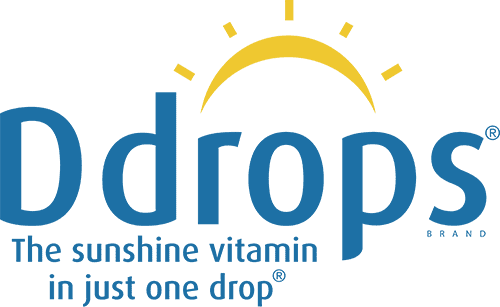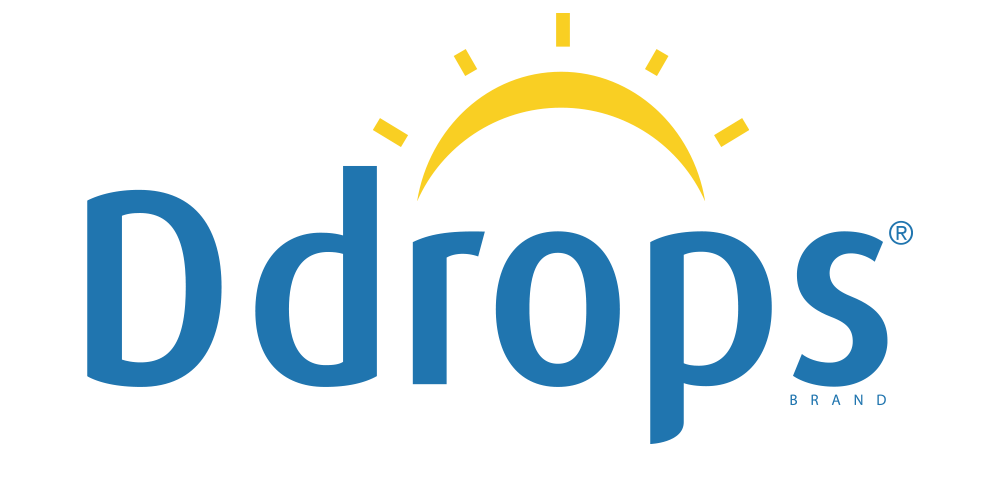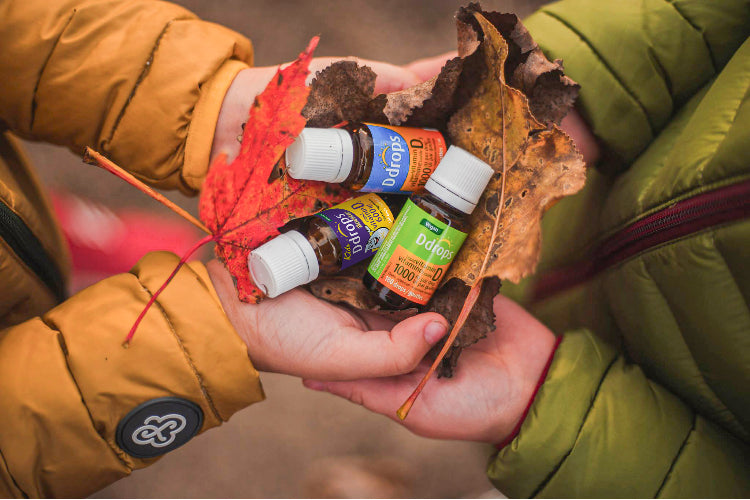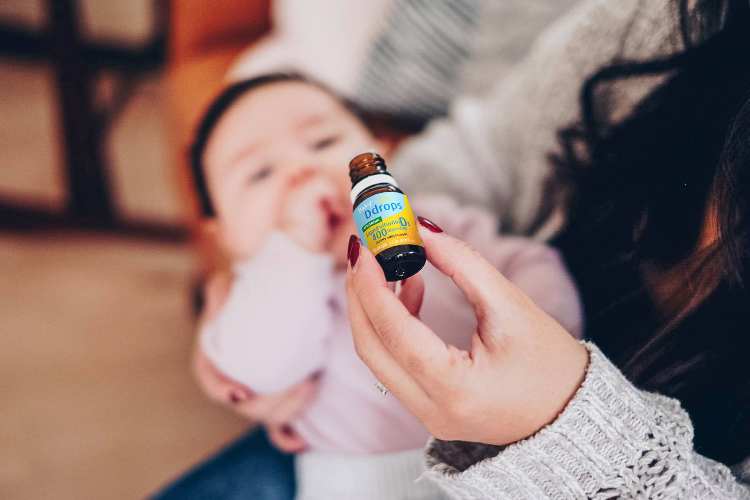April 19, 2016
There are few foods found in nature that provide a natural source of vitamin D. However, both plant and animal-based sources of vitamin D do exist. Fatty fish, such as salmon, whitefish, and mackerel are the main sources of naturally occurring vitamin D, and mushrooms also provide vitamin D1. There is also a very small amount of vitamin D found in egg yolks, pork, deli meats, and beef liver. These only provide approximately 30-88 IU of vitamin D, while the daily recommendation is set at 600 IU per day. The table below illustrates the amount of vitamin D found in commonly found fish and mushrooms.
Amount of Vitamin D found in whole food| Food | Serving | Vitamin D (IU) |
| Fish | ||
| Whitefish, lake, cooked | 75 g (2 ½ oz) | 369 |
| Mackerel, Pacific, cooked | 75 g (2 ½ oz) | 342 |
| Salmon, Atlantic, raw or cooked | 75 g (2 ½ oz) | 181-246 |
| Mackerel, canned | 75 g (2 ½ oz) | 219 |
| Trout, cooked | 75 g (2 ½ oz) | 150-210 |
| Halibut, cooked | 75 g (2 ½ oz) | 144 |
| Tuna, albacore, raw or cooked | 75 g (2 ½ oz) | 82-105 |
| Mushrooms Chanterelle, raw Portabella, raw Portabella, exposed to UV light, raw Shiitake, dried | 84 g (3 oz) 84 g (3 oz) 84 g (3 oz) 84 g (3 oz) | 178 8 375 129 |
Adapted from the “Canadian Nutrient File 2010”
How do wild fish and mushrooms make their own vitamin D?
Wild fish do not make their own vitamin D, instead, they ingest it from food sources and then store it in their liver and fat tissues. This occurs when vitamin D accumulates in the aquatic food chain. [2]
Mushrooms are the only plant food found in nature that can synthesize vitamin D. This is due to the presence of a vitamin D precursor, ergosterol. Ergosterol is a sterol found in fungi/mushrooms that plays a similar role as cholesterol in humans. (In humans, cholesterol is converted to vitamin D when the skin is exposed to healthy levels of UV light.) When mushrooms are exposed to UV light, either during processing or the growing method, the ergosterol converts to ergocalciferol, also known as vitamin D2.3 It only takes approximately 15-20 seconds of exposure to UV light for mushrooms to increase the amount of vitamin D2 present. However, edible mushrooms (such as white button, crimini, portabello) in most retail grocery stores are not likely to contain enough vitamin D2 (under 20 IU per 100 g) because they have been grown with limited UV light.
Advantages of eating foods found with naturally occurring vitamin D
Generally, eating a whole food over a supplement provides benefits such as greater nutrition, essential fiber, and protective substances. By consuming whole mushrooms, you receive a variety of micronutrients (including vitamin D) such as Iron and B vitamins1. Recent studies have also shown that eating a mushroom a day, every day for 4 weeks, increases immune functioning. [4,5] Also, by consuming fish, such as Atlantic Salmon (which has vitamin D naturally present) you are also consuming omega-3 fatty acids which are important for brain functioning.
Advantages of eating foods fortified with vitamin D
Although wild fatty fish and mushrooms provide vitamin D it is difficult to consume these foods in large enough quantities to receive sufficient vitamin D. Fortified foods make this easier. By consuming a variety of fortified foods such as milk, cereal, orange juice, and other non-dairy beverages you are more likely to consume close to the recommended amount of 600 IU vitamin D. However, Dietitians of Canada recommends up to 4000 IU per day (for adults). [1]




Để lại một bình luận
Trang web này được bảo vệ bằng hCaptcha. Ngoài ra, cũng áp dụng Chính sách quyền riêng tư và Điều khoản dịch vụ của hCaptcha.